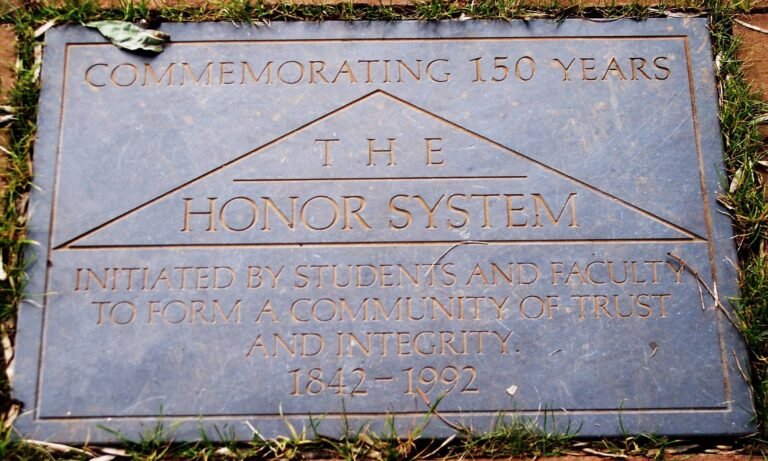Although this post is filed in the category Fiction, first things first: Chrysopoeia, the artificial production of gold, is the traditional goal of alchemy.
Alchemists already claimed to be able to make gold. They weren’t successful, but today it is possible to change lead into gold:
- Such transmutation is possible in particle accelerators or nuclear reactors, although the production cost is estimated to be a trillion times the market price of gold.
A Brief Historical Context
Chrysopoeia, derived from the Greek words “chryso” meaning gold and “poiein” meaning to make, refers to the ancient practice of attempting to transform base metals into gold. This art, often associated with alchemy, has its origins in a plethora of early civilizations, where the quest for gold represented not only material wealth but also spiritual enlightenment and immortality. The fascination with chrysopoeia was not merely about the material transformation, but also intertwined with the philosophical underpinnings that sought to unlock the mysteries of existence.
One of the pivotal figures in the mythos of chrysopoeia is Hermes Trismegistus, a legendary figure often considered a blend of the Greek god Hermes and the Egyptian god Thoth. Hermes was revered as a patron of wisdom and writing, and his writings, such as the “Emerald Tablet,” laid the foundational concepts of alchemical practice. His famous dictum, “As above, so below,” succinctly encapsulates the belief in the correspondence between the macrocosm and microcosm, a principle critical to both chrysopoeia and broader philosophical alchemy.
Throughout history, cultures such as the Egyptians, Greeks, and later the Arabs made significant contributions to the understanding of chrysopoeia. The Egyptians viewed gold as a divine metal associated with the gods, while the Greeks initiated systematic theories and experimental practices that aimed to decode the mysteries of transmutation. In the Islamic Golden Age, scholars further advanced the field, refining techniques and developing a more empirical approach to the pursuit of chrysopoeia. Despite the eventual decline of alchemical practices with the rise of modern chemistry, the allure of chrysopoeia continues to resonate, symbolizing the eternal human quest for transformation and perfection.
The Philosophical Underpinning
Chrysopoeia, traditionally perceived as the art of transmuting base metals into gold, extends beyond mere physical alteration. For alchemists, this practice served as a potent metaphor for spiritual enlightenment and personal transformation. Central to their philosophy was the belief that the golden state symbolized purity, perfection, and the ultimate union of the material and spiritual realms. It represented not only material wealth but also the quest for a higher understanding of existence and the universe.
Alchemists viewed the transformation of metals as a reflection of an inner journey. They posited that as one worked towards chrysopoeia, the practitioner engaged in a parallel process of self-discovery and spiritual refinement. This notion of personal evolution is vividly encapsulated in the writings of notable alchemical figures such as Hermes Trismegistus and Paracelsus, who suggested that the process of transmutation mirrored the soul’s ascent towards enlightenment. The famed phrase “As above, so below” indicates this interconnected relationship between the cosmos and the individual’s inner workings.
The symbolic meanings attributed to gold are profound and multifaceted. Gold, in alchemical texts, often signifies immortality, divine wisdom, and the soul’s perfected state. This association is critical to understanding how alchemists perceived chrsyopoeia—not merely as a practical endeavour, but as a profound commentary on life’s philosophical and spiritual dimensions. The meticulous labor of transforming base materials into gold was seen as vital, indicative of the dedicated spirit that seeks wisdom and truth. Through this perspective, chrysopoeia serves as an exploration of both the external world and the inner self, indicating that the quest for transformation is inherently linked to broader existential inquiries about understanding the universe and one’s place within it.
The Transition from Alchemy to Chemistry
The ancient practice of chrysopoeia, the art of attempting to turn base metals into gold, played a pivotal role in the development of modern chemistry. While this mystical goal may seem unattainable by today’s scientific standards, the methodologies employed by early alchemists laid the groundwork for systematic experimentation. The pursuit of chrysopoeia stimulated significant advancements in laboratory techniques and the understanding of materials, establishing a bridge between the esoteric world of alchemy and the empirical foundations of chemistry.
Historians often highlight figures such as Robert Boyle and Isaac Newton, who contributed substantially to this transition. Boyle, known as the father of modern chemistry, emphasized the importance of experimental evidence and the scientific method. His work, particularly in the realms of gases and the properties of matter, illustrated how rigorous experimentation could yield quantifiable results, setting a precedent for future scientific inquiries. Newton, on the other hand, brought a unique perspective by integrating mathematical principles with scientific exploration, further demystifying the processes once governed by alchemist traditions.
Although their work debunked many of the misconceptions surrounding chrysopoeia, Boyle and Newton also built upon its principles. They recognized the significance of transformation in understanding the natural world, a concept initially championed by alchemists. The quest to understand the fundamental building blocks of matter eventually led to the development of the periodic table, enabling scientists to categorize and manipulate elements in ways once deemed magical.
The legacy of chrysopoeia extends into contemporary discussions of material science and transmutation. As researchers explore the modification and synthesis of materials at the atomic level, the spirit of chrysopoeia remains relevant, embodying the enduring quest for transformation—a quest that continues to inspire new discoveries in the evolving landscape of science.
Symbolism and Influence
The concept of chrysopoeia, historically associated with the alchemical pursuit of transforming base metals into gold, continues to resonate deeply within modern culture. This ancient practice embodies a rich symbolism of transformation and aspiration, that permeates various realms such as literature, film, and contemporary art.
In contemporary literature, chrysopoeia serves as a compelling metaphor for personal growth and self-actualization. Authors frequently invoke themes of transformation, mirroring the alchemical journey, where characters evolve from ordinary states into extraordinary beings. Novels such as Haruki Murakami’s works often weave elements of mystical transformation, drawing parallels with chrysopoeia to highlight how human experiences forge identities. This symbolic representation captures the essence of change, inspiring readers to contemplate their journeys of self-discovery.
Furthermore, films frequently reflect the chrysopoeic themes of aspiration and transformation. Works such as “The Secret of Kells” and “The Hunger Games” introduce narratives centered around metamorphosis, resilience, and the relentless pursuit of one’s potential. These cinematic portrayals invite audiences to engage with their own aspirations and reflect on the transformative journey inherent in their lives. Additionally, the visual arts have embraced chrysopoeia as a motif, with contemporary artists utilizing this symbol to explore ideas of change and enlightenment, often manifesting their own transformations through experimentation with materials and techniques.
Chrysopoeia ultimately serves as a powerful metaphor for personal development, resonating with ongoing human interests in improvement and the quest for knowledge. Whether in the realm of personal ambition or artistic expression, its rich symbolism reflects a deep-seated yearning to transcend limitations and attain greatness. This pursuit is not merely an artistic endeavor but also an essential aspect of the human experience, reinforcing the timeless connection to the alchemical journey of life.
What’s More

My Blog (58)
Dependence (5) Fiction (7) Karma (6) Landmarks (4) Paramount (5) Poignancy (5) Spectrum (6) Spotlight (5) Take Off (5) Unique (5) Virtue (5)
Amazing Stuff (9) Beyond Known (8) Controversial (10) Digital World (9) Inequities (8) Innovative (8) Metaphysics (8) Our Society (9) Outer Space (9) Value Creation (9)















